
Cryptophagidae is a family of beetles with representatives found in all biogeographic realms. Members of this family are commonly called silken fungus beetles and both adults and larvae appear to feed exclusively on fungi although in a wide variety of habitats and situations, such as rotting wood and shed animal fur and feathers. These beetles vary from about 1 to 11 millimeters long, and usually have an oval body shape with a slight "waist".
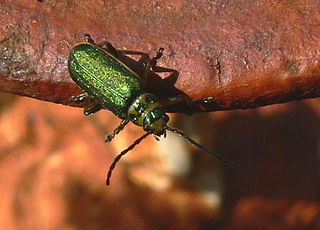
The Galerucinae are a large subfamily of the leaf beetles (Chrysomelidae), containing about 15,000 species in more than 1000 genera, of which about 500 genera and about 8000 species make up the flea beetle tribe Alticini.
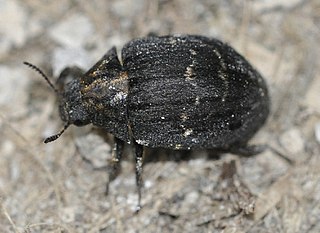
Byrrhinae is a subfamily of pill beetles in the family Byrrhidae. There are about 25 genera and at least 160 described species in Byrrhinae.

Antherophagus is a genus of silken fungus beetles in the family Cryptophagidae. There are at least four described species in Antherophagus.
Europini is a tribe of root-eating beetles in the family Monotomidae. There are about 8 genera and at least 40 described species in Europini.
Trachelizinae is a subfamily of primitive weevils in the family of beetles known as Brentidae. There are at least 110 genera and 710 described species in Trachelizinae.

Xenoscelinae is a subfamily of pleasing fungus beetles in the family Erotylidae. There are about 8 genera and 12 described species in Xenoscelinae.
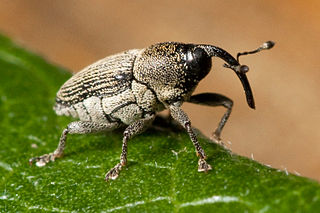
Apostasimerini is a tribe of flower weevils in the family of beetles known as Curculionidae. There are over 240 genera and nearly 1700 described species in Apostasimerini.
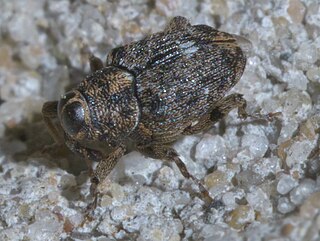
Conoderinae is a subfamily of true weevils in the beetle family Curculionidae. There are more than 210 genera in 15 tribes, and about 2,400 described species in Conoderinae.

Anthophagini is a tribe of ocellate rove beetles in the family Staphylinidae. There are at least 20 genera and 20 described species in Anthophagini.

Mecinini is a tribe of true weevils in the family of beetles known as Curculionidae. There are at least three genera and about eight described species in Mecinini.

Diaperini is a tribe of darkling beetles in the family Tenebrionidae. There are about 13 genera and at least 40 described species in Diaperini.

Cryptophaginae is a subfamily of silken fungus beetles in the family Cryptophagidae. There are about 11 genera and more than 180 described species in Cryptophaginae.

Atomariini is a tribe of silken fungus beetles in the family Cryptophagidae. There are about 5 genera and at least 70 described species in Atomariini.

Mesoptiliinae is a subfamily of true weevils in the family Curculionidae. There are at about 23 genera and 40 described species in Mesoptiliinae.

Merophysiinae is a subfamily of handsome fungus beetles in the family Endomychidae.
Raymondionyminae is a subfamily of snout and bark beetles in the family Brachyceridae. There are at least three genera and two described species in Raymondionyminae.
Mauroniscidae is a family of cleroid beetles, formerly included in the family Melyridae. There are presently five or six genera and roughly 30 described species in Mauroniscidae, all of which are native to the Americas. Almost nothing is known about their biology.

Priasilphidae is a family of beetles in the superfamily Cucujoidea. They have a Gondwanan distribution, with the three known genera Chileosilpha, Priasilpha and Priastichus being native to Chile, New Zealand and Tasmania respectively. Most species are flightless, lacking wings. Priasilphids inhabit decaying wood and moss in forest habitats. They are likely mycophagous, feeding on fungi.
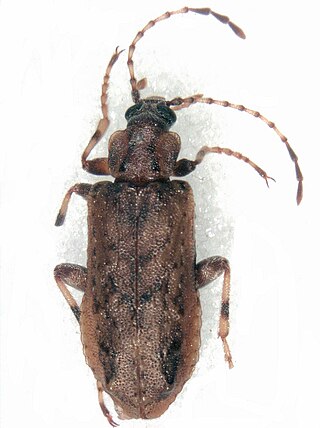
Promecheilidae is a family of beetles in the superfamily Tenebrionoidea. Perimylopidae is considered a synonym. They are found in southern South America and associated archipelagos like South Georgia and the Falklands, New Zealand and Tasmania. Some species are associated tree ferns and moss-covered dead wood, and other forested habitats, while others are associated with peat bogs, grasslands and coastal habitats. They are probably phytophagus, feeding on lichen, moss, and other plant material.

















